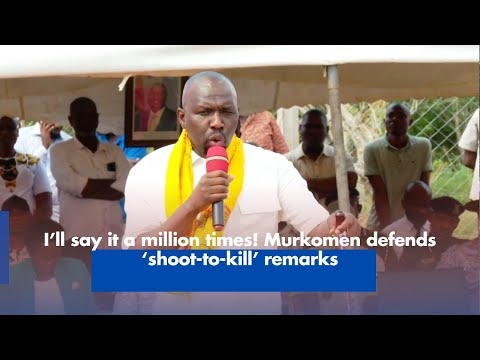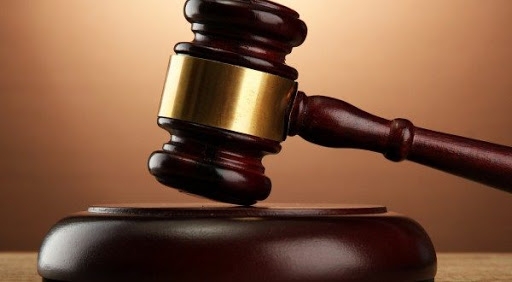We now have nominees for the positions of Cabinet Secretaries for the Kenya Kwanza government.
The list appears largely balanced to meet the expected criteria of regional balance, the reward for political loyalty, gender parity, ethnic considerations and technical prowess.
While some previously expected names seem to be missing, it is largely agreed that the President has served well his bases and the missing will be rewarded elsewhere.
That President Ruto has had to specifically sign an executive order explaining specific roles for the Deputy President is, however, suspicious.
The office of the Deputy President has very distinct functions as prescribed by the Constitution of Kenya, 2010.
The Deputy President is just that. It can never be clearer than that.
Article 147 in Chapter 9, part 2 of the Constitution, clearly demarcates the functions of the deputy president.
Apart from being the President’s principal assistant expected to deputise him in the execution of the President’s functions, the constitution prescribes that the deputy president shall perform any other functions of the President as the President may assign.
Subject to article 134, when the president is absent or is temporarily incapacitated, and during any other period that the President decides, the Deputy President shall act as the President.
It is, therefore, completely out of sync to try and designate specific roles to the Office of the Deputy President outside or limited as compared to these functions prescribed in law.
Such attempts will either put the Deputy President on a collision course with those who will strictly want him to work only within the confines of the executive order whose mandate if what we now know, is anything to go by is largely limiting.
Arising from the protracted battles the President had with the former president while he served him as his deputy, it can be understood that the president wants a clearer scope of work for his deputy.
The introduction of the office of the prime cabinet secretary could also have informed the decision to scope the office of the deputy president.
However, caution must be taken to avoid limiting powers prescribed in law.
Neither should executive orders be used to expand or expunge functions prescribed in law.
Prescribing roles for the new office of the prime cabinet secretary which is not in law is acceptable.
The same cannot be said about the office of the deputy president.
As is, the office of the prime cabinet secretary and the office of the deputy president appear to be sharing roles, a major recipe for superiority conflicts.
The president can make things easy by assigning roles based on an executive order to his prime cabinet secretary and letting his deputy remain the deputy president, as prescribed in law, as his alternate assistant and with the capabilities to perform his roles in his absence or as assigned by him.
This is the law. He could as well assign the prime cabinet secretary a cabinet portfolio with a supervisory name, say, The Cabinet Office of Execution, Results and Outcomes.
Anything else is just a futile public relations exercise and a recipe for chaos likely to boomerang on service delivery in the not-so-distant future.
The writer is a Strategic Leadership and Development Consultant
Edited by Kiilu Damaris











